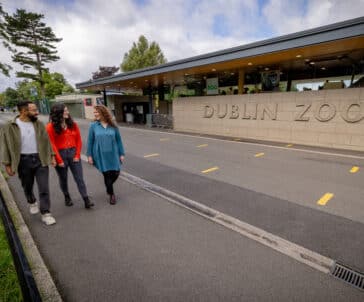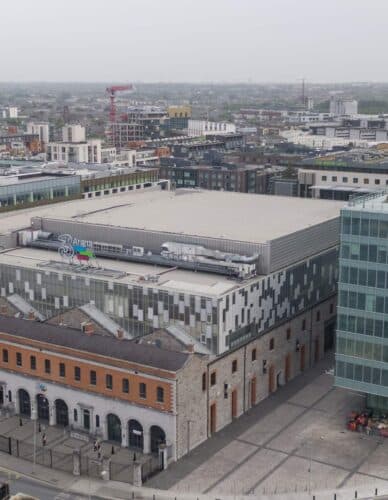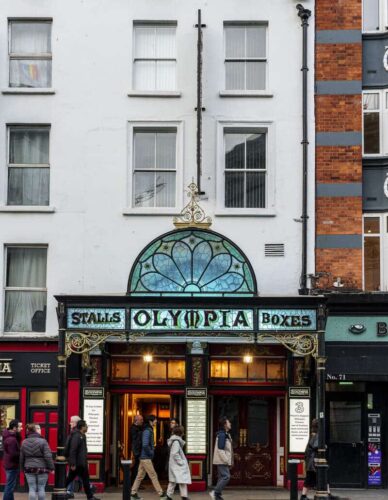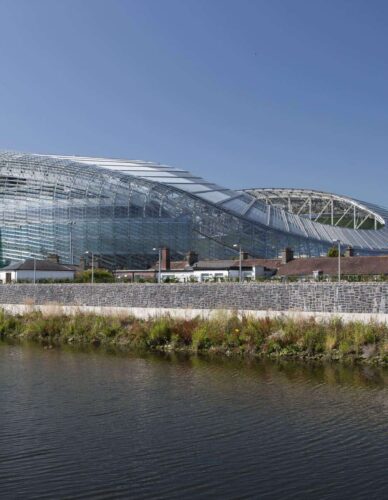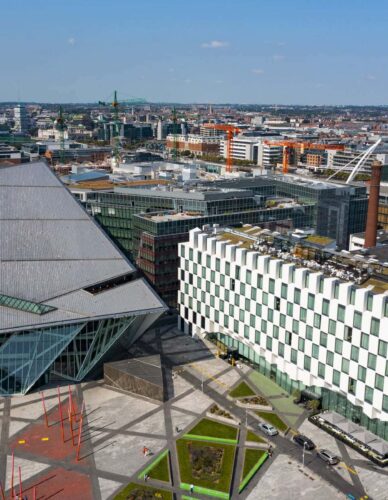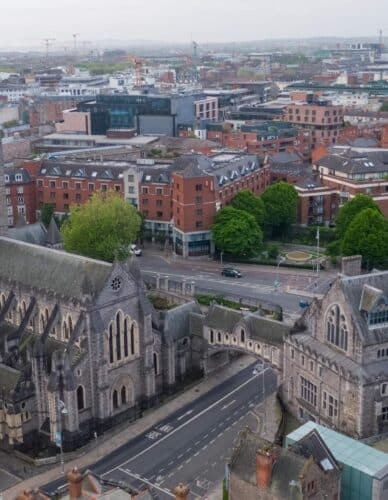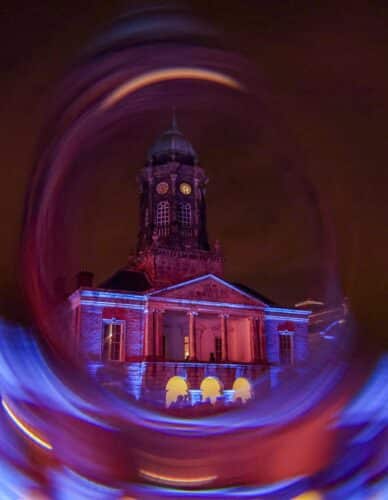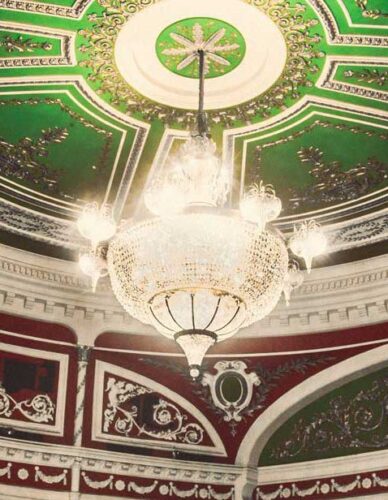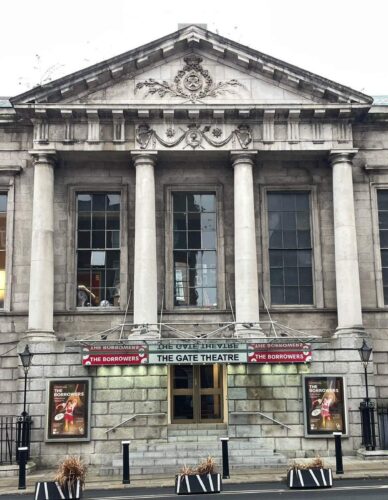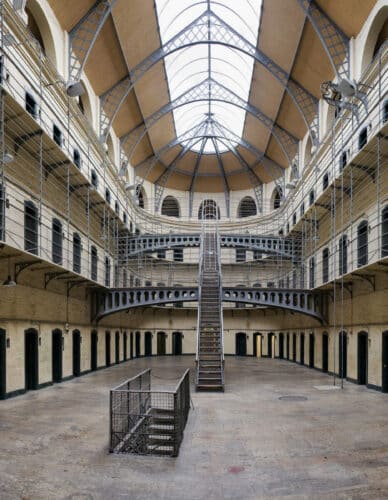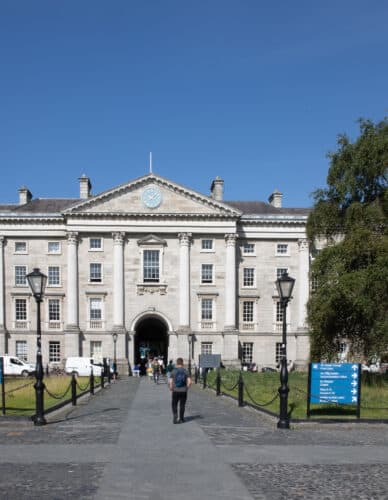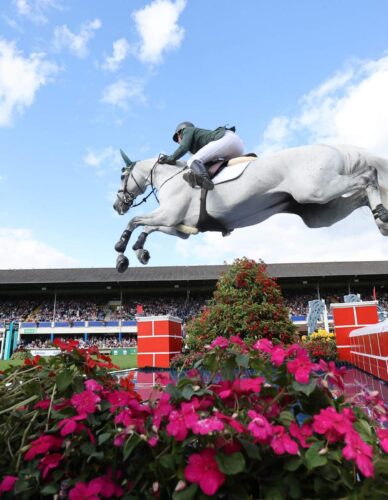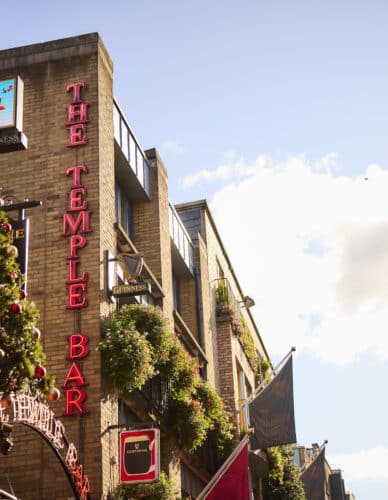Phoenix Park
The Phoenix Park at 707 hectares (1752 acres) is one of the largest enclosed recreational spaces within any European capital city. The Phoenix Park was established in 1662 by one of Ireland’s most illustrious viceroys, James Butler, Duke of Ormond, on behalf of King Charles II. Conceived as a Royal deer park, it originally included the demesne of Kilmainham Priory south of the River Liffey, but with the building of the Royal Hospital at Kilmainham, which commenced in 1680, the Park was reduced to its present size, all of which is now north of the river. Shortly after the Park’s acquisition it was enclosed within a stone wall, which was initially poorly constructed. Subsequent wall repair and new build were necessary as the Park’s size and boundaries were adjusted and realigned. In 1668, Marcus Trevor, Viscount Dungannon, was appointed Ranger who, with two other keepers, was responsible for the deer, managing the Park’s enclosures and newly formed plantations.

